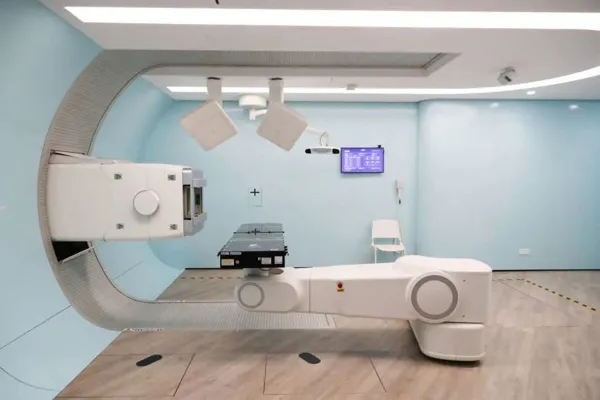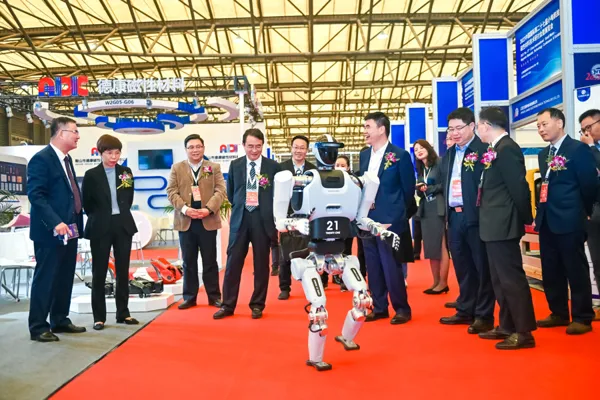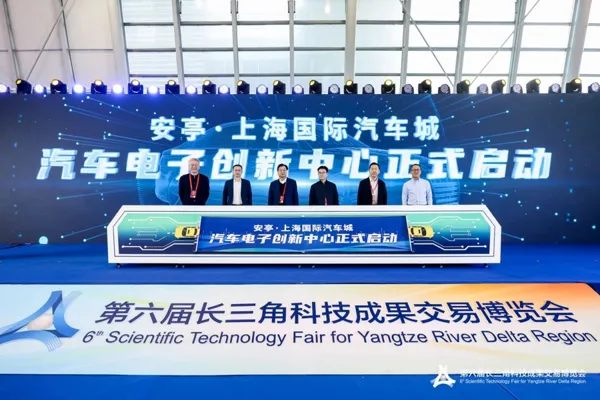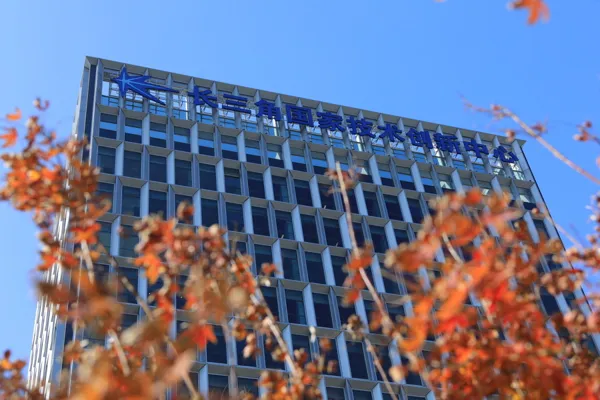Now there are even "land and other projects". Is there no more space for biomedical industry in Shanghai? "Old Almanac"
One month after Chi-Med's fruquintinib was approved in the United States and the first prescription was issued, on December 8, as one of Shanghai's major strategic emerging industry projects, the "He-Medical" project in Zhangjiang Innovative Drug Industry Base Huang Medical Innovative Drug Production Base" was officially completed and put into operation.
In the past, there was a voice that believed that Shanghai did not have more space for the biomedical industry. A reporter from Jiefang Daily and Shangguan News recently learned in an interview that with the release of more biomedical industry space in Shanghai, it used to be "land for projects", but now it is not only "there is no shortage of space for good projects", but also "land, etc." Project" new atmosphere.
In order to accelerate the creation of a global biomedical R&D economy and industrialization highland and strengthen the integrated layout of "Zhangjiang R&D and Shanghai Manufacturing", the "Shanghai Action Plan to Accelerate the Construction of Biomedical Intelligent Manufacturing Space" was recently released. By the end of 2024, the construction of biomedical standard factories will begin. The total scale is nearly 5 million square meters. Among them, Zhangjiang Science City occupies nearly 800,000 square meters.
Not far from Chi-Med’s innovative drug production base is the first phase construction site of the Intelligent Manufacturing Space Zhangjiang Innovative Drug Industrialization Platform. The reporter saw at the scene that a modern standard factory building has taken shape.
"It will provide 59,000 square meters of space and is expected to be completed in March next year. It can meet both research and development and production needs. It has complete supporting facilities and meets the development needs of modern biopharmaceutical companies. Currently, there are more than 10 intended customers under negotiation. " Zhuang Jie, manager of the administrative and human resources department of Shanghai Zhangjiang Innovative Drug Industry Base Construction Co., Ltd. told reporters.
The construction site of the first phase of the Zhangjiang innovative drug industrialization platform. Photo by Huang Haihua
On Xinwo Road, close to Gubo Road and Gunn Road, the reporter saw that workers had just completed piling on the construction site of the first and second phases of the intelligent manufacturing space and biomedical standard factory building. In a large open space on Gubo Road near Kangxin Highway, the third and fourth phases of the Intelligent Manufacturing Space·Biomedicine Standard Factory Building will start construction at the end of December. Along Gubo Road to the west, there are 200 acres of intelligent manufacturing space and biomedical standard factory buildings planned to be constructed in batches in 2024 and 2025. Everywhere the reporter went, there was vitality in the new space of the biomedical industry.
Chi-Med's senior vice president Cui Yuxing said in a previous interview with a reporter from Liberation Daily and Shangguan News that they once thought that there was no land in Pudong to implement biopharmaceutical industry projects. After a communication with the government department, they learned that Shanghai was planning Based on the new industrial map, the land was obtained and construction started in the same year, leaving the innovative drug production base project in Shanghai.
After completion, Chi-Med's innovative drug production base will cover an area of 43 acres, with a construction area of nearly 55,000 square meters, and an annual production capacity of 250 million tablets and 550 million capsules. "It is expected that the production capacity will be increased by more than 5 times and commercial drugs will be supplied around 2025." Chi-Med's CEO and Chief Scientific Officer Su Weiguo said that this will help the company develop from a biotechnology company to a profitable biopharmaceutical company. .
It is understood that during the 14th Five-Year Plan period, 7 major projects of intelligent manufacturing space and biomedicine standard factories in Zhangjiang Innovative Pharmaceutical Industry Base are planned to be started, with a land area of more than 400 acres and an investment intensity of nearly 7 billion yuan.
"Now there is more and more industrial space and more supply. It used to be 'land for projects and other projects', but now it is 'land and other projects'." Zhuang Jie told reporters.





